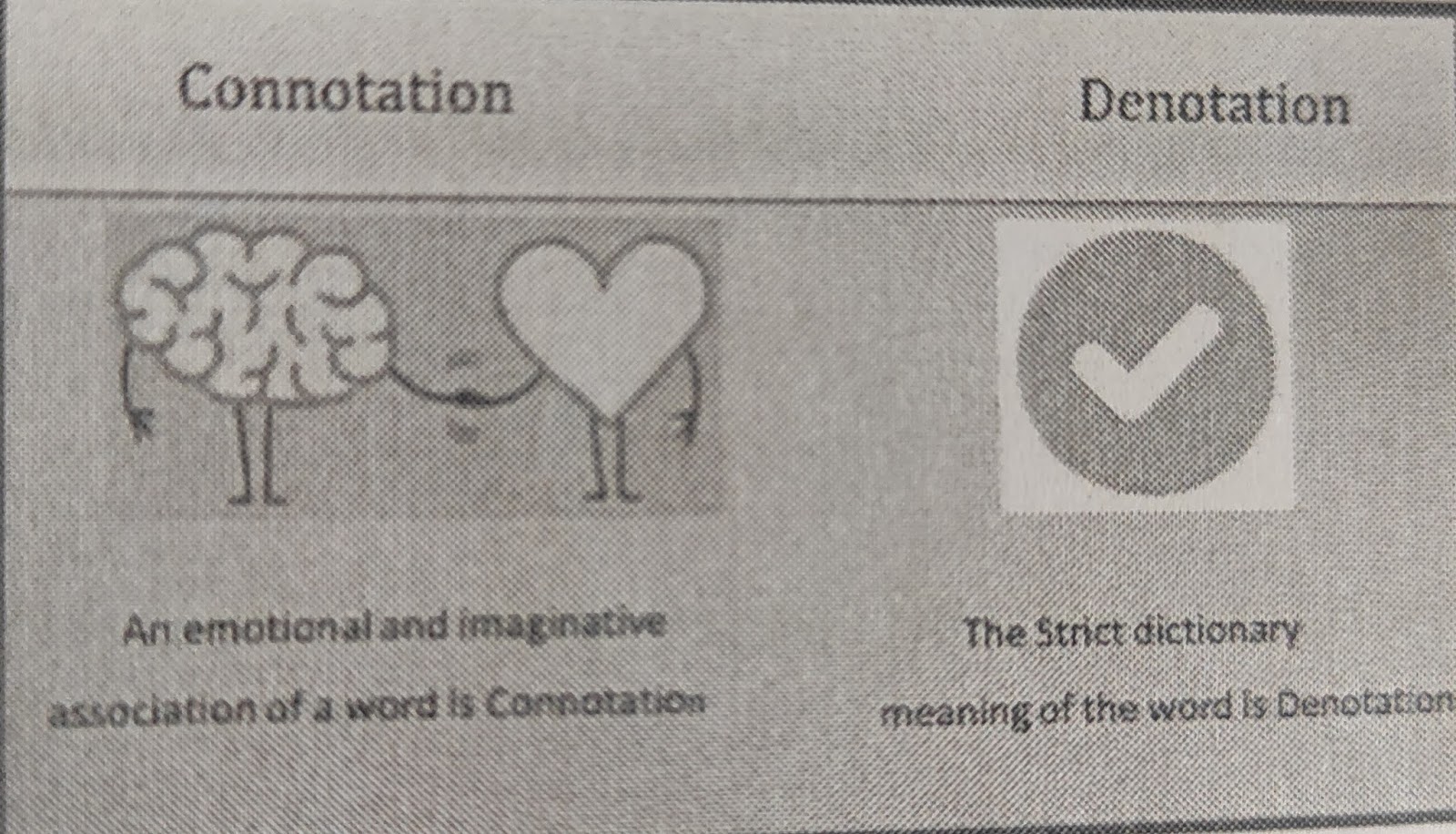Summary for Laytons poem The Bull Calf

The Bull Calf - Irving Layton The Bull Calf poem begins very much like Frost poem, with a picture of the bull calf and the story of its fate. “ The things could barely stand. Yet taken from his mother and… . “ The poem keeps suspense until the end with the conflict of the death of a helpless animal and the conscience of the speaker. Many literary devices are used to dramatize the poem such as organization, personification and theme. The narrator is the poet himself. He uses figurative languages like onomatopoeia to get a sympathetic audience and give more emotion in the poem. The theme of Bull Calf is about a recently born bull calf that gets killed because the owner has no use for it. The drama lies on the bull calf getting beaten to death. The speaker is in conflict with himself. Perhaps he is young and not used to seeing innocent, helpless animal getting murdered or may be he felt sorry for the animal that had so much po...



















